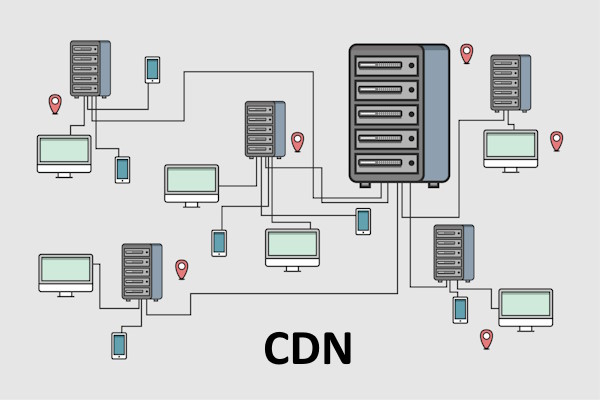User enumeration is a common security vulnerability in web applications that presents serious consequences for organization or users of the application. In this article we will look at (1) what is user enumeration, (2) why it’s a problem, (3) and strategies that prevent it. By having a better understanding of the issue and implementing the suggested security measures we can safeguard ourselves and our web applications from this threat.
What is User Enumeration?
User enumeration is a technique used by attackers to identify valid user accounts in a web application. This typically involves an attacker systematically attempting to guess valid usernames or email addresses. User enumeration can be a precursor to more determined and advanced attacks, such as brute force attacks and credential stuffing, where attackers attempt to gain unauthorized access to user accounts.
Why User Enumeration is a Problem
User enumeration is a problem for several reasons:
- Privacy Concerns: When attackers can determine which usernames or email addresses are associated with valid accounts, it compromises the privacy of your users. This information can be used for phishing attacks, spam, or even identity theft.
- Increased Attack Surface: Knowing valid accounts makes it easier for attackers to launch other attacks, such as password guessing or credential stuffing, since they have already narrowed down the list of potential targets.
- Resource Consumption: Repeated and failed login attempts can strain your web server’s resources, leading to potential performance issues or service downtime.
Preventing User Enumeration
To prevent user enumeration, you should take a proactive approach to secure your web application. There are several strategies or approaches that will help to mitigate this risk outside of buying in security products which can include them:
- Custom Error Messages:
- Avoid revealing whether a username or email address exists in your system through error messages. Instead of displaying “Username not found” or “Email not found,” use a generic message like “Invalid credentials.”
- Rate Limiting:
- Implement rate limiting for login attempts. Restrict the number of login attempts per IP address or user account in a given time period. This reduces the effectiveness of brute force attacks.
- CAPTCHA:
- Integrate CAPTCHA challenges after a certain number of failed login attempts. CAPTCHA tests can deter automated scripts and bots from attempting user enumeration.
- Account Lockout:
- Implement an account lockout mechanism that temporarily locks user accounts after a specific number of failed login attempts. Users can be informed of the lockout via email or other secure communication channels.
- Randomized Responses:
- Return randomized responses for failed login attempts, such as randomized error messages or HTTP status codes. This can make it more difficult for attackers to determine whether a username or email address is valid.
- Secure Authentication Mechanisms:
- Implement strong password policies, multi-factor authentication, and other security mechanisms to ensure that even if user enumeration occurs, gaining unauthorized access remains extremely difficult.
- Logging and Monitoring:
- Regularly monitor login attempts and analyze logs for suspicious activities. Set up alerts for multiple failed login attempts within a short timeframe, which could indicate a user enumeration attempt. This should be a task in your website maintenance plan.
- Educate Users:
- Educate your users about the risks of sharing their usernames or email addresses online. Encourage or enforce the use of unique and strong passwords.
- Regular Security Audits:
- Conduct regular security audits and penetration testing to identify and address vulnerabilities, including user enumeration. How many times has there been a failed attempt to login using a valid user name or email address ?
- Password Reset Security:
- Ensure that the password reset process is secure, and does not inadvertently reveal whether a username or email address is valid.
Conclusion
User enumeration is a prevalent security concern in web applications that can lead to privacy breaches, increased attack surface, and resource consumption. Preventing user enumeration is crucial to maintaining the security and integrity of your application and safeguarding your users’ data.
By implementing the security measures outlined in this article, you can significantly reduce the risk of user enumeration. It’s essential to take a proactive approach to security and stay vigilant in protecting your web application from potential threats. In doing so, you can create a safer and more secure online environment for your users.





